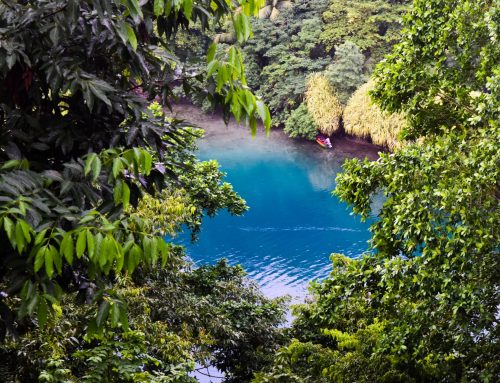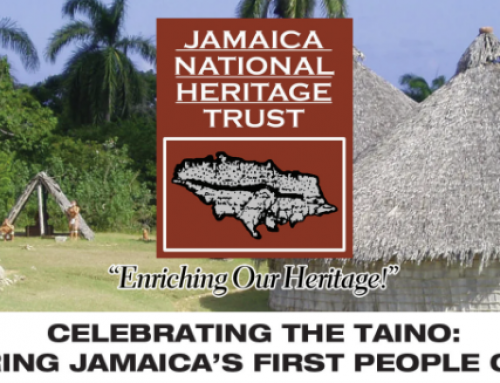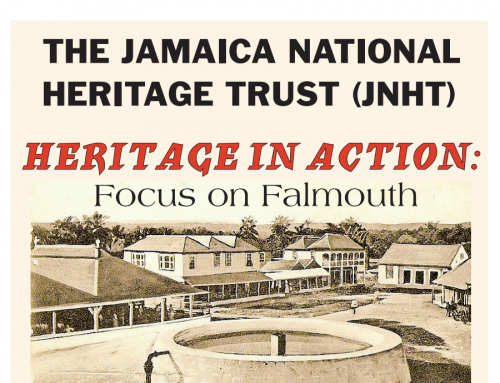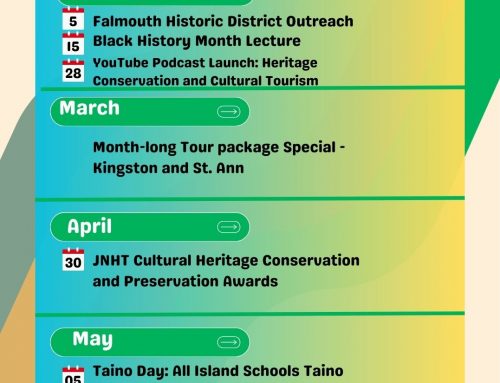The Jamaica National Heritage Trust (JNHT) has taken an important step towards recognizing and honouring the brave men and women who fiercely fought against the brutal system of slavery and sacrificed their lives in the struggle. The organisation is constructing the first of several freedom monuments across the island in Montego Bay, St. James in the courtyard of the Civic Centre. This first monument will honour Sam Sharpe and the many others who died in the 1831-32 Emancipation War.
On each Freedom Monument the names of the heroes and heroines of the anti-slavery movement will be inscribed. These names are to be taken from the trial and punishment records.
The concept of the Freedom Monument was proposed to the JNHT in 2004 by Board member Professor Verene Shepherd (now Chair of the Board & the 2007 Bicentennial Committee). According to Professor Shepherd, “the concept of the Freedom Monument is consistent with the actions of UNESCO when it designated 2004 as the International Year to commemorate the struggles against slavery, partly in honour of the Haitian Bicentenary.” Each country in the African diaspora was asked to find appropriate ways to mark the year. “In this regard, this proposal is located within the UNESCO mandate, speaking to the ways in which people in Jamaica can commemorate the hundreds of heroes and heroines involved in our liberation struggles,” Professor Shepherd noted. The JNHT Chair hopes that on Emancipation Day, Jamaicans across the island will hold commemorative events at this site and any others that are constructed over time.

While the St. James monument has been built at the expense of the JNHT, the organization hopes that members of the private sector or community interest groups across the island will partner with it to erect monuments in other parishes. So far, the National Commercial Bank in Port Antonio has agreed to collaborate with the JNHT to construct the Freedom Monument for Portland.
The monument in St. James is near completion and will soon be unveiled officially to the public. On this monument will be the names of those freedom fighters killed in the 1831-32 war which started on the night of Tuesday, December 27, 1831. On that night, one of the enslaved set fire to John Henry Morris’ property of Kensington in St. James. The torching of this property signalled the enslaved on other properties to join the war.
Samuel Sharpe was the principal war leader. Sharpe and his assistant leaders had planned that after the Christmas holidays, the enslaved were to demand the rights of free workers – wages – and to strike en masse if their demands were not met. He also had a backup plan for armed revolt if there was any attempt by the plantocracy to force Blacks back to work as enslaved labourers. When it was rumoured that the Whites were planning to break the strike on the Salt Spring Estate in St. James, the plan to burn the properties was set in motion.
The ensuing war lasted from December 27, 1831 to January 31, 1832. It involved anti-slavery activists from about 300 plantations, pens, rural settlements and urban holdings and affected the parishes of St. James, Trelawny, Westmoreland, Hanover, Manchester, St. Elizabeth, Portland, St. Thomas-in-the-Vale and St. Thomas-in-the-East.
For further information contact
Communications Division
922-1287-8/922-3990








